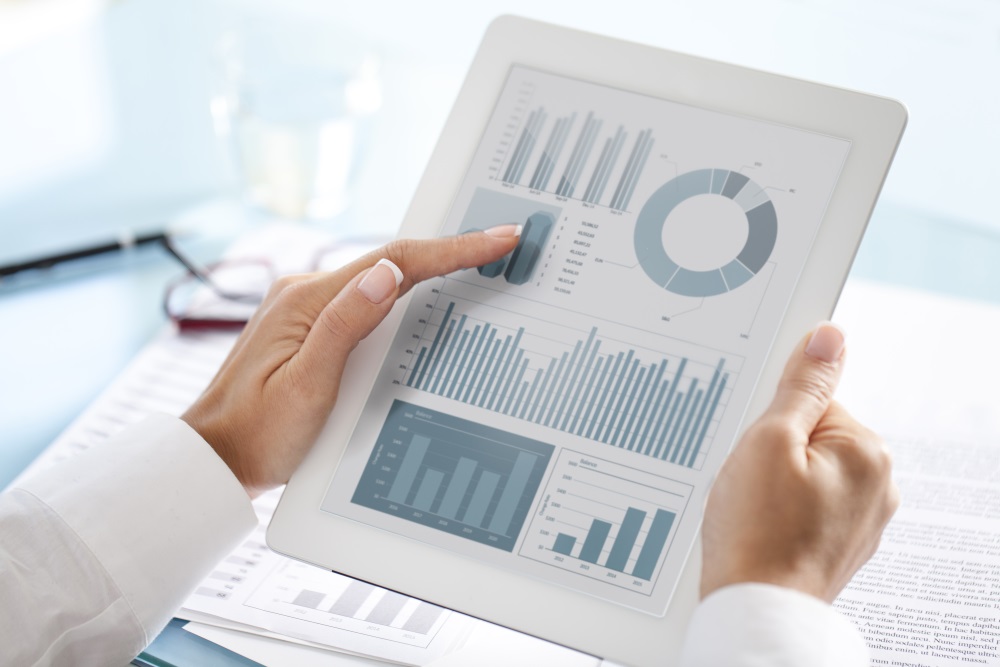Data-Driven Dentistry
Imagine that, in the middle of the night, you wake up with a toothache. Instead of toughing it out until the morning (and imagining the worst-case scenarios until then), you go to the bathroom and plug your smart toothbrush into your phone, which immediately analyzes the situation and compares it to data stored in the cloud to quickly and accurately diagnose the condition.
This sounds like something out of a movie, right? But the truth is, thanks to artificial intelligence and big data, this is something that is a real possibility in the not-so-distant future.

Below, we’ll take a look at how dentist offices like Dr. Ku’s in Fort Worth can embrace data in the near future to enhance dental care.
What is “big data?”
Big data could sound like a buzzword, or sound worrisomely Orwellian. Informatics Science, however, is one of the fastest growing and most relevant research fields. It’s a multidisciplinary approach to information and knowledge management in today’s biomedical research, clinical care, and public health.
Informatics Science data is measured by volume, variety, and complexity. Each of these components works together to create a comprehensive dataset. Big data begins to form when a group of data sets are brought together and become so large that they begin to challenge contemporary data processing and analytical approaches.
We’re positively swimming in data today, however, and so technology is developing to allow us to collect, process, and share data easier and faster than ever before.
Electronic health records
Most of us are familiar with the idea of electronic health records at the doctor or dentist’s office. The American Dental Association points out that the benefits of this system include streamlining administrative tasks like scheduling and insurance all the way up to displaying relevant information compared and contrasted from another dentist, primary care physician or other health care provider (including relevant health history, health problems, and medication lists for each patient).
The advent digital technology is driving a new uniformity of the gathering, storage and use of medical data today. It’s also applying pressure to clinical data keeping to update systems at every clinic and facility. Big data analytics, however, are NOT about analyzing a provider’s electronic health records in isolation, so your information will not be viewed by anyone who doesn’t directly need it for your treatment. Rather, big data is about analyzing millions of provider health recorders to identify trends and to study correlations in conditions and treatments.
How are artificial intelligence (AI) and big date intertwined?
One of the many benefits of AI is the ability for computers to “read” and “analyze” enormous amounts of data in a fraction of the time a human could. Having more reliable and current data today to reference, dentists will soon be able to streamline decision making in treatment while also reduce errors.
Specifically, AI can scan all records in a single practice to look for trends in the patient population. This includes looking through radiology reports and other notes. In addition, this can be integrated with electronic health systems already available to ensure that scheduling and reminders for tasks are always aligned. This is a win-win for both the patient and the dentist.
Is my dental and health data going to be safe with “big data?”
Most of Dr. Ku’s patients in Fort Worth have interacted with big data-driven care at some point. One question we commonly receive is whether the data we store (in the cloud or on servers) is safe. Cyberattacks and breaches have been increasing in every industry, and the healthcare industry is no exception. Due to that, all providers rely on a combination of federal privacy laws that address health records and how to keep them secure, as well as Texas state laws and regulations.
One additional thing to keep in mind when examining data analytics is that all the data used in “big data” analyses are aggregated together to examine trends exponentially larger than a single patient. This means that details of one person cannot be identified. Patient information simply becomes a number on the screen within the larger dataset. There are additional technical methods used to ensure personal information is rendered non-identifiable.
Big data and technology will continue to shift, and the healthcare landscape will continue to ensure better care and opportunities for patients, including our dental patients.
Curious what we think about the future of big data in dentistry? Start the conversation with us today!





